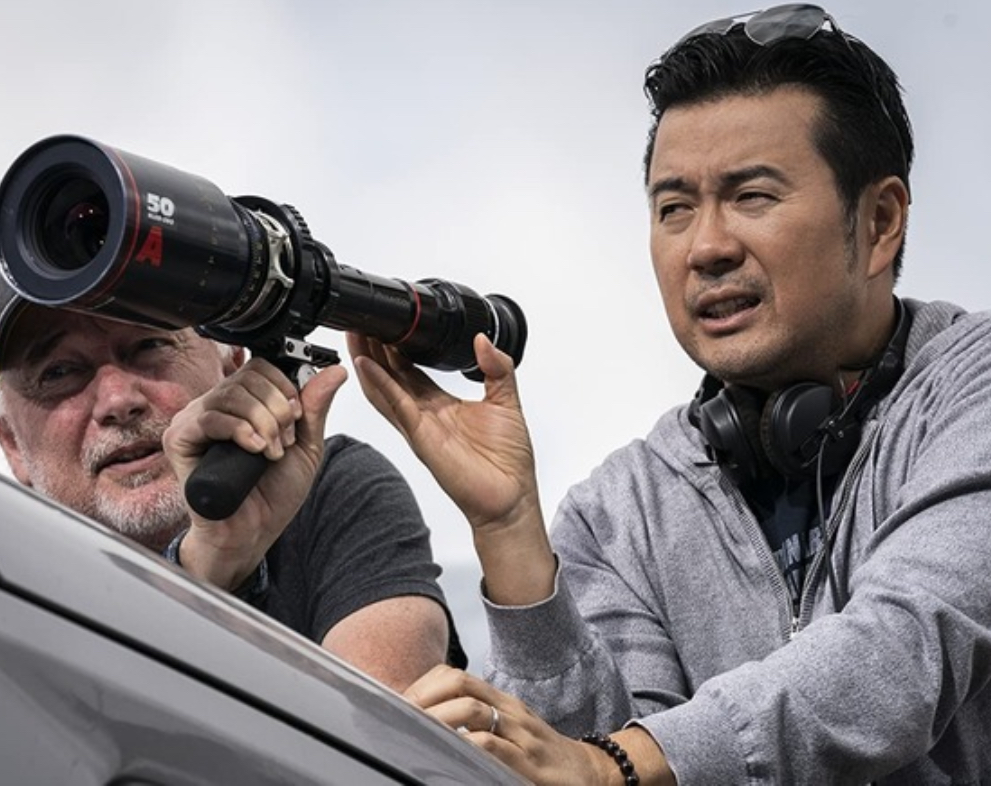A Full-Circle Moment at Sundance
Justin Lin’s name has become synonymous with high-octane blockbusters, from The Fast & the Furious franchise to Star Trek: Beyond. However, before Lin was crafting global box office hits, he was an indie filmmaker who made waves at Sundance in 2002 with Better Luck Tomorrow. That gritty and provocative crime drama about Asian-American teens pushed boundaries and put Lin on Hollywood’s radar. Now, twenty-three years later, he is back at the festival with another intimate, personal, and ambitious project: Last Days.
For Lin, this marks a return to his storytelling roots, a passion project that has been years in the making. While he’s spent much of the last two decades directing some of the biggest action spectacles in modern cinema, Last Days represents something different—a chance to tell a deeply personal narrative on his own terms.
From Indie Darling to Blockbuster Veteran
Since breaking out with Better Luck Tomorrow, Lin has carved a career that many indie directors can only dream of. In 2006, he was tapped to revive The Fast & The Furious franchise with Tokyo Drift, a film that—despite being a mid-tier entry at the time—set the stage for the franchise’s eventual billion-dollar success. Lin’s work on Fast Five (2011) was particularly groundbreaking, shifting the franchise from street-racing action to full-scale heist thrills, and cementing it as one of Hollywood’s biggest franchises.
Beyond Fast & Furious, Lin has shown a knack for handling major IPs, directing Star Trek: Beyond in 2016. The film maintained the franchise’s sense of adventure and legacy, while introducing modern action sensibilities. It’s clear that Lin thrives in big-budget filmmaking, yet despite this, he has never lost his passion for intimate, character-driven stories.
The Making of Last Days
For years, Lin has tried to develop a deeply personal film outside of the studio system. Last Days is that film. It tells the story of a young Asian-American man and his Chinese immigrant father, blending adventure with an emotional, generational narrative. While details remain tightly under wraps, the project is expected to reflect Lin’s ongoing commitment to Asian-American representation in cinema.
The process of getting Last Days made was far from smooth. Like many indie directors who return to independent filmmaking after a career in the studio system, Lin faced financing challenges and logistical roadblocks. Studios were not immediately sold on a film that wasn’t driven by franchise IP, spectacle, or mainstream commercial appeal. But Lin was determined, and after years of stops and starts, he has finally brought Last Days to life on his own terms.
A Personal Story, Told on a Big Scale
What makes Last Days intriguing is Lin’s ability to blend intimate storytelling with a grand cinematic style. Throughout his career, even in his franchise films, Lin has demonstrated an ability to balance action with character depth. Whether it’s the family dynamics in Fast & Furious or the legacy of teamwork in Star Trek, Lin’s films are never just about spectacle—they always explore human connections beneath the action.
With Last Days, Lin is expected to bring that same sensibility to an indie setting. While this film may not have cars defying gravity or intergalactic space battles, it still carries the weight of a grand adventure—one that is more personal than anything Lin has done before.
Why Last Days Matters
This return to indie filmmaking is more than just a passion project for Lin—it is a statement. Hollywood often pigeonholes directors into specific genres once they become successful. Lin, having spent much of the last two decades directing massive franchise films, could easily continue down that path. But by choosing to step away from the studio system, he’s making it clear that he still values storytelling on his own terms.
More importantly, Last Days is another major step in Asian-American storytelling in Hollywood. Lin has always been an advocate for authentic representation, and this film seems to be another testament to that commitment. While blockbuster cinema often reduces diversity to token representation, indie films allow for deeper, more complex explorations of cultural identity—something Lin has always championed.
What’s Next for Lin?
While Last Days is a return to indie filmmaking, it doesn’t mean Lin is stepping away from blockbusters for good. There are rumors about his possible return to the Fast & Furious franchise, as well as potential new projects in sci-fi and action cinema. Lin is a director who thrives in multiple genres, and his ability to move between independent storytelling and high-budget spectacle is what makes him one of Hollywood’s most versatile filmmakers.
For now, though, Last Days is a reminder of where Lin started—and a testament to the fact that no matter how big a director gets, the passion for storytelling always remains at the core. If Last Days manages to capture even a fraction of the energy that made Better Luck Tomorrow a Sundance hit in 2002, then Justin Lin may have just reignited the fire that first made him a director to watch.
No comments yet.








